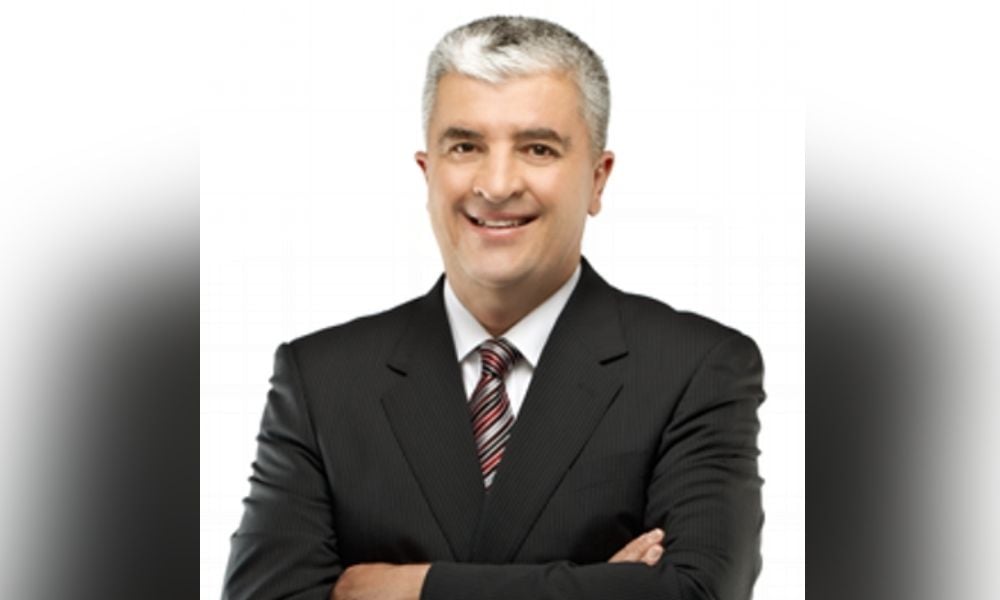Are investors overlooking the potential risks and costs of high ESG-scoring companies and sectors?

ESG investing has captured the imagination of countless investors, with many now pivoting their portfolios to align more with their convictions and the real-world impact they want to make. But for one portfolio manager, there has to be a balance between values and value.
“ESG is very important for us. But we won’t buy a stock solely because it has a high ESG rating,” says Francis Sabourin, portfolio manager and investment advisor at Francis Sabourin Wealth Management with Richardson Wealth. “We also have to consider the value of the stock.”
The world according to GARP
ESG ratings are part of the investment process at Sabourin’s practice, but they’re not the end-all and be-all of their decision-making. That philosophy runs in line with his broader “GARP” style of portfolio management, which stands for “growth at reasonable price.”
For 14 years, Sabourin’s investing approach has included both a top-down component that pays attention to what’s happening in the world, and a bottom-up piece where he decides which sectors to focus on buying. He’s considered ESG factors in his analysis for much of that time, but it wasn’t until clients and prospects started asking about it four or five years ago that his team put it in writing as a formal policy.
“We don’t necessarily care if a stock that we’re looking at has a low ESG rating, because we also ask if they can improve it,” he says. “If you have a company with good financials and positive ESG momentum, that could be a tailwind.”
While ESG investing has overwhelmingly been an equity-market phenomenon for decades, it’s now made inroads into fixed income with the arrival of green bonds, social bonds, and sustainable bonds. Sabourin says green bonds have a smaller coupon than ordinary bonds – he estimates a 10-year green bond comes with a 3.75% interest rate versus 4% for a traditional 10-year from the same issuer – because of the strong demand for green issuances.
“Again, investors have to understand green bonds might be riskier if interest rates go up, as what happened last year,” Sabourin says. “In a scenario like that, the green bonds trading at 3.25% will be down by more than the ones at 4% because of the duration.”
An open mind with common sense
Many euphoric investors who’ve gotten caught up in the ESG investing trend, Sabourin argues, could be throwing out the baby with the bathwater. Portfolio managers who ignored the energy sector because of its poor ESG standing were vindicated during the pandemic when oil demand briefly crashed. But they also missed out as it rallied off the back of higher oil prices driven by Russia’s invasion of Ukraine.
“Military equipment producers and manufacturers became very popular and profitable because of the war on Ukraine. But we stay away from that sector,” he says.“
Another pitfall for many investors stems from discrepancies in ESG ratings, which can vary widely from one provider to the other. Sabourin says he’s not comfortable holding a stock for himself or his clients until he takes a deep dive into their ESG scores from multiple perspectives, and weighs them against other factors.
Read more: CDP raises concerns about fragmented ESG ratings regulations
“A company might have a good rating and it might have amazing ESG ambitions. But at what cost?” he says. “It’s about keeping an open mind, but also using common sense. That’s what we want to do.”



